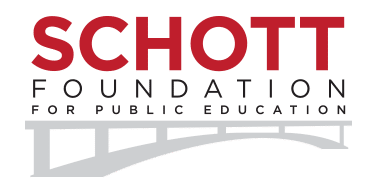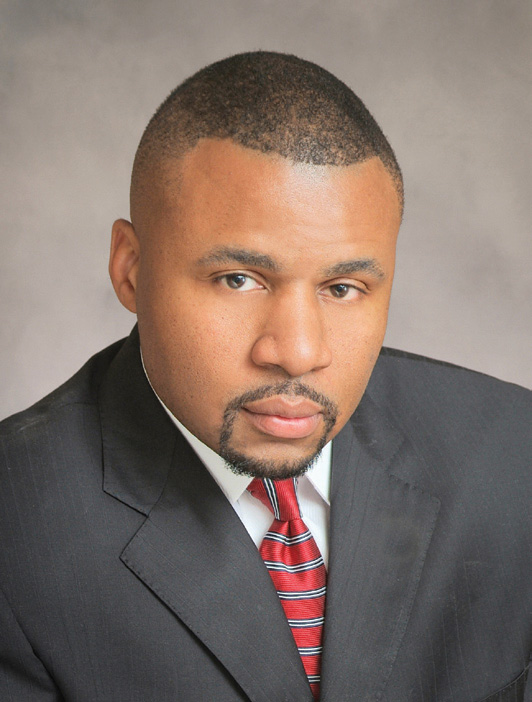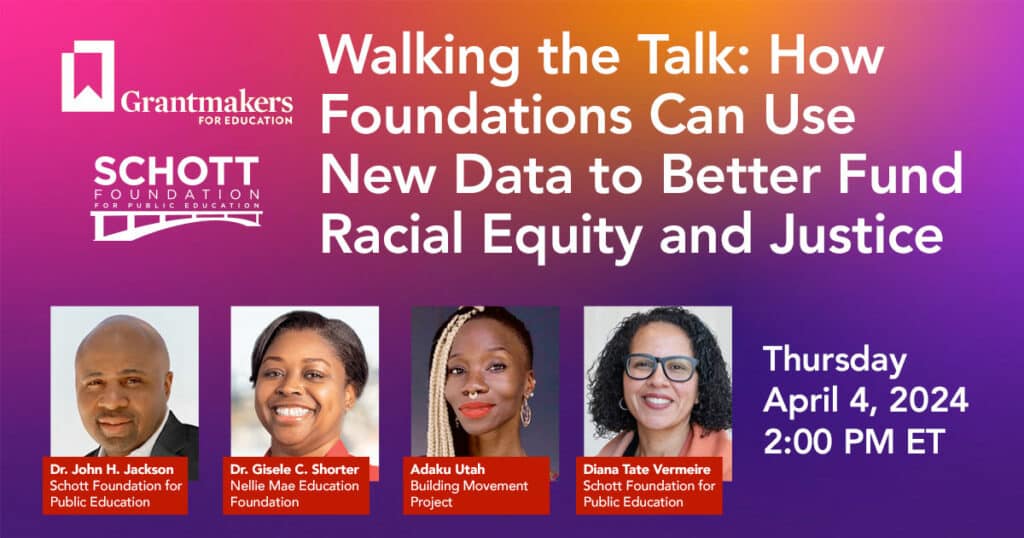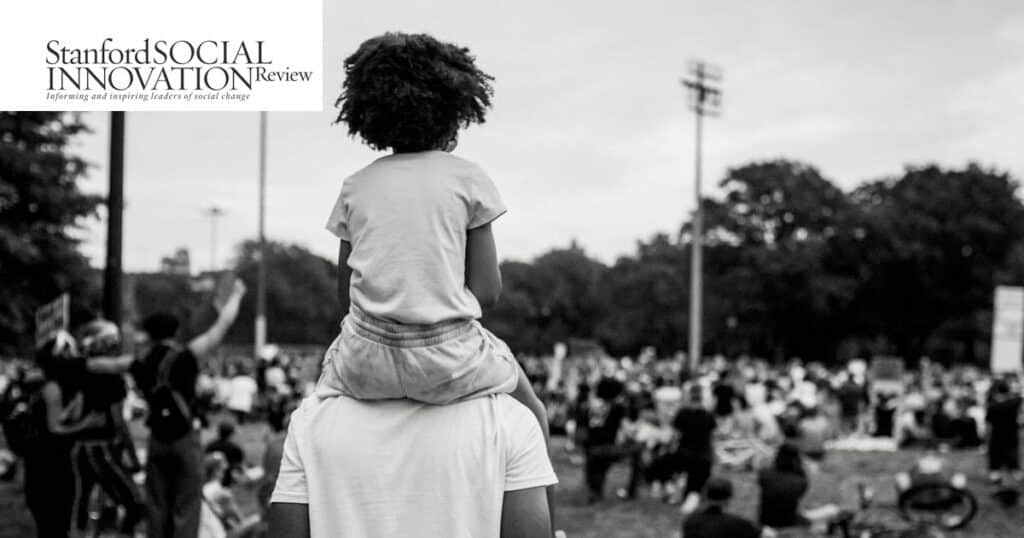Blog
What’s the Big Idea?
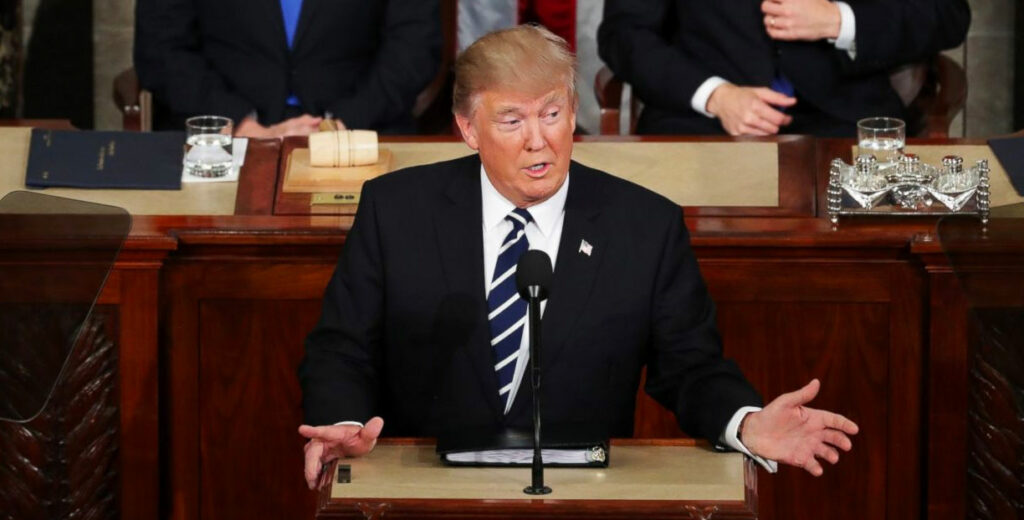
Sounding more like a measured politician than ever, President Donald Trump’s first Joint Address to Congress Tuesday night outlined the broad contours of his vision for a “Renewal of the American Spirit” while also challenging the nation to think big. While we accept the challenge to think big, as a philanthropic organization we are well aware that making big ideas successful requires clarity, consistency, and in most cases, big investments.
As such, while we broadly agree with the values of opportunity and progress for all Americans, we remain in a posture of supporting communities to move aggressively toward ensuring that those promises of opportunity and progress move from a teleprompted speech to actual positive outcomes for those who President Trump often identifies as victims. Simply stated, we agree with the big goal of extending opportunity to the poor and working class, but find that it remains necessary to outline the big ideas that will actually allow our nation, states and localities to substantively achieve the goal.
Similar to previous administrations, President Trump reaffirmed education as the “civil rights issue of our times,” and we agree. He introduced the nation to Denisha Merriweather, a proud young woman who will soon obtain her graduate degree and is the first in her family to complete college. After struggling academically in elementary school, Denisha obtained a tax-credit scholarship to attend private school, which she credits for her success. While we applaud Denisha’s unique journey and determination to overcome the odds, we also recognize that public schools have produced far more Denishas than any other educational option. Scores of our nation’s African American and Latino CEOs, philanthropists, college and university presidents, public servants and foremost leaders in the arts and sciences—and millions of everyday working people—count themselves among that number. This is why parents from Massachusetts to California and stops in between consistently choose public education over any of the other options President Trump seemingly endorsed as the big idea. Furthermore, opportunities afforded through our public education systems do not just benefit American citizens: for decades they have also benefitted immigrants who have been a central part of making America great—and have earned the right for their children to access a public school system as a portal of opportunity.
The big idea here involves affirming that, when properly supported, our public education system works. And as the entity with the primary responsibility for protecting every child’s civil right to an education, the Department of Education must work in partnership with states and localities to provide the early childhood, education and health supports necessary to create the type of healthy living and learning climates where all children have an opportunity to learn. One immediate action step to move this message from the teleprompter to the people would be ensuring the Department of Education continues the Civil Rights Data Collection (CRDC) in 2017-2018, which is central to highlighting and addressing the inequities that students experience in states and localities across the nation. If education is indeed a civil right, the data should be available so that we will know and can act when our young people’s civil and disability rights are not protected.
During the address, President Trump said, “Every American child should be able to grow up in a safe community, to attend a great school, and to have access to a high-paying job,” and again we agree. We believe the big idea for moving that from the teleprompter to reality involves recognizing that sustainable safety is not achieved through overpolicing or militarizing neighborhoods and schools, nor frankly by closing our doors to the rest of the world. Safety comes when individuals have — and systems create — unbridled opportunity. And without question, our public education system has been the foremost vehicle of opportunity for most Americans and will continue to be so. Our public education system is the smartest public sector investment in sustainable safety and security.
As President Trump noted, in several years our nation will mark its Sestercentennial, a milestone we will have achieved by taking on the big issues in strategic ways: like being more inclusive, expanding democracy and investing in opportunity. While as a nation, that work is certainly not complete, our historic pathway stands in stark contrast to President Trump’s call for unity while building walls, increasing military spending and reducing investment in diplomacy. His call for healthy households while cutting environmental protections in water and clean air and repealing healthcare. His call to strengthen education as a national civil right while promoting plans to reduce it to an individual commodity.
In the end, thinking big is not sufficient if the big ideas are not consistent with our big goals. Tuesday’s message was a tonal reset for President Trump, but let’s not forget the challenge before us: to borrow his own words, to “create a level playing field” for all of our people. We indeed “bleed the same blood” and “salute the same flag.” As such, the federal government has the responsibility to ensure the civil rights of all students and guarantee of them an opportunity to learn and to succeed, not create a system where only some learn and some succeed. Every community deserves a network of high-quality public schools no matter the zip code. In safeguarding this national ethic, we will ensure our country has the future innovators, future workforce and future citizens who embody the truly big goal, passed down to each generation in the Preamble to the U.S. Constitution: the creation of “a more perfect union.”
